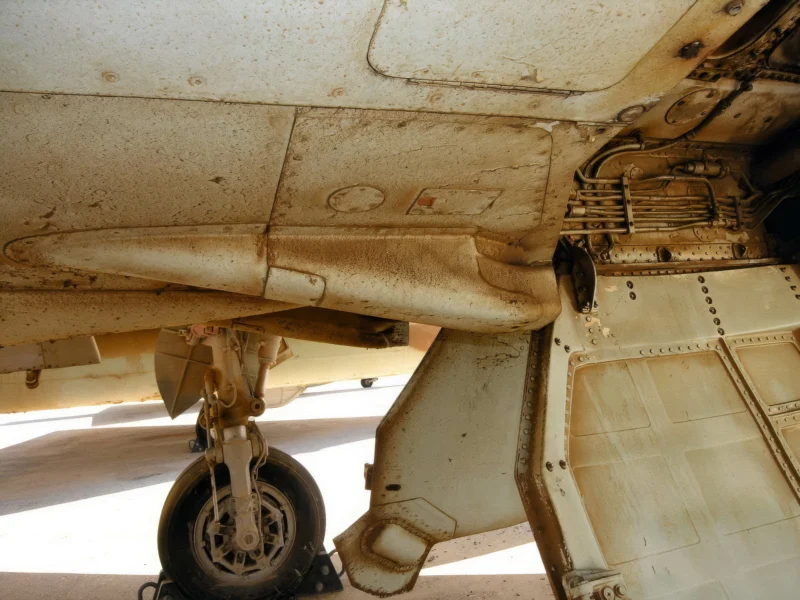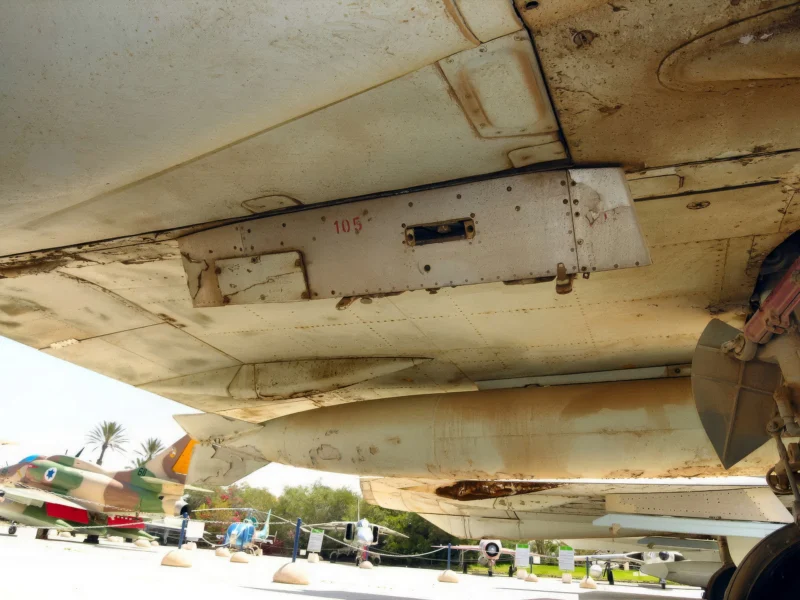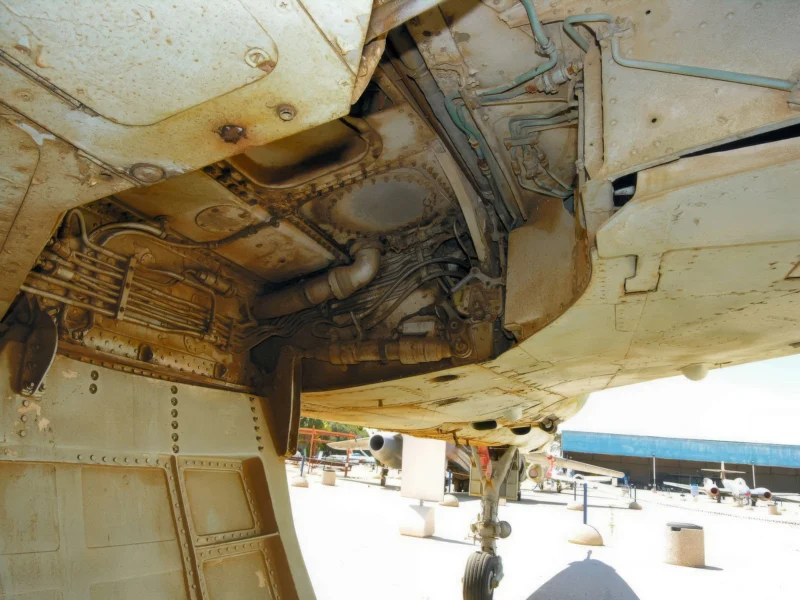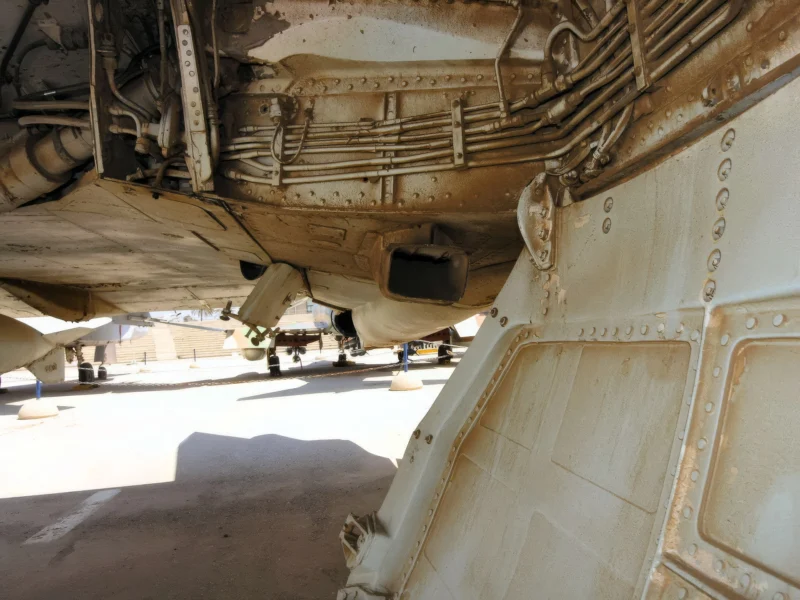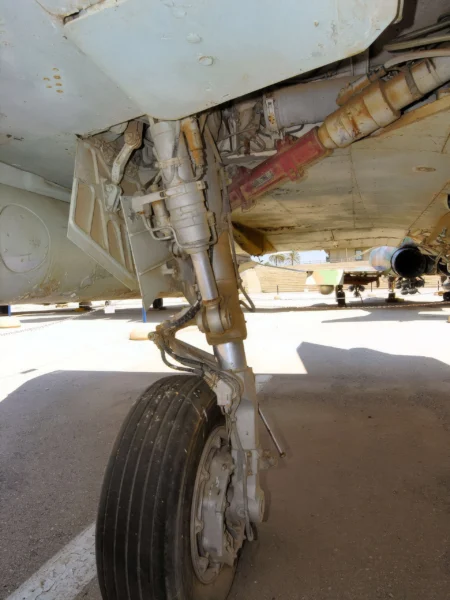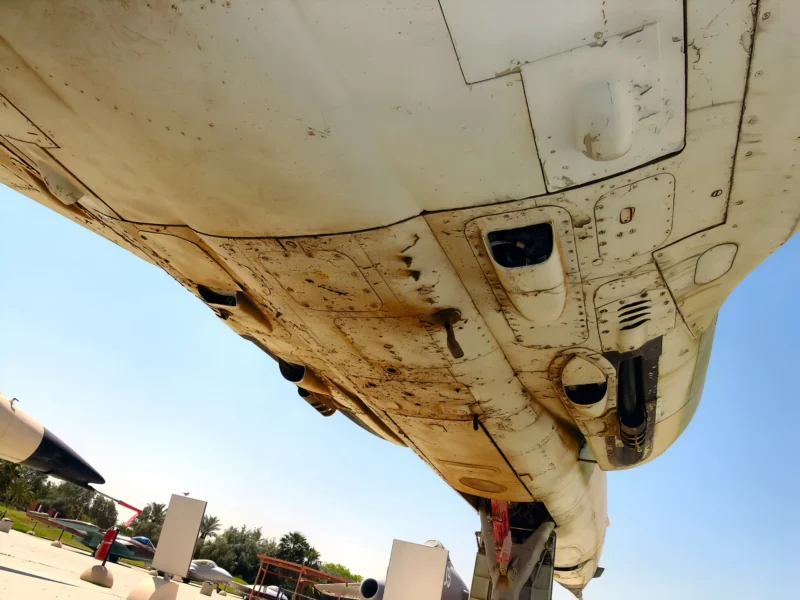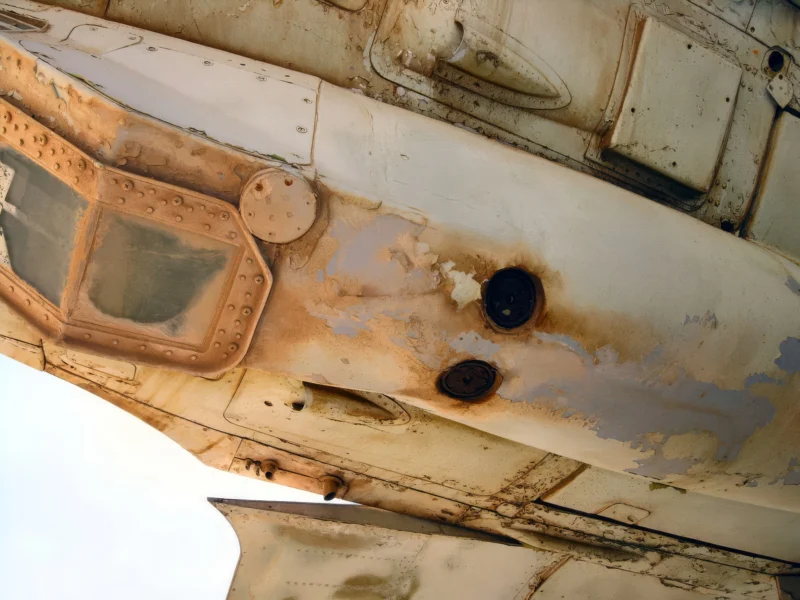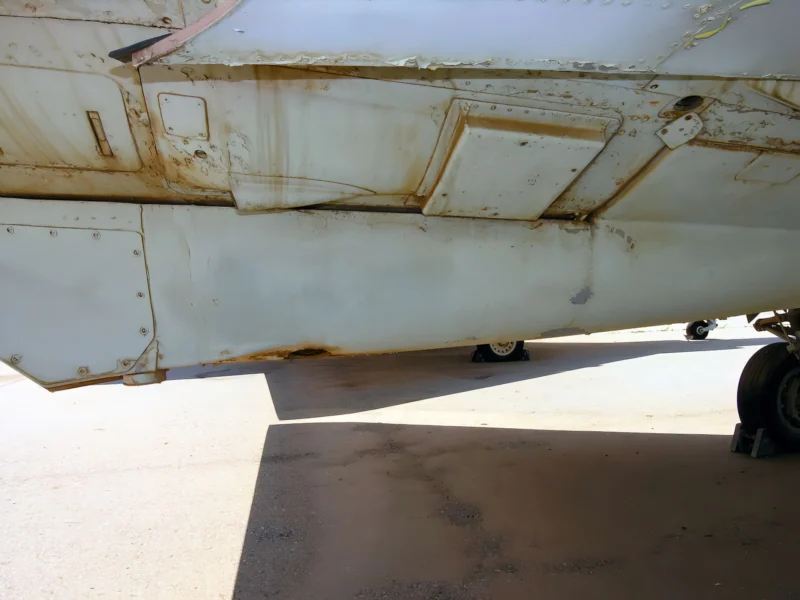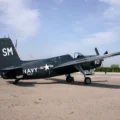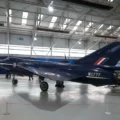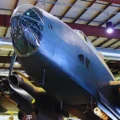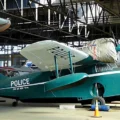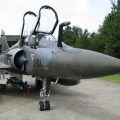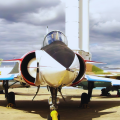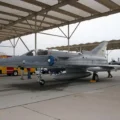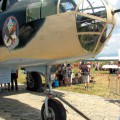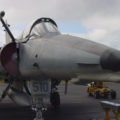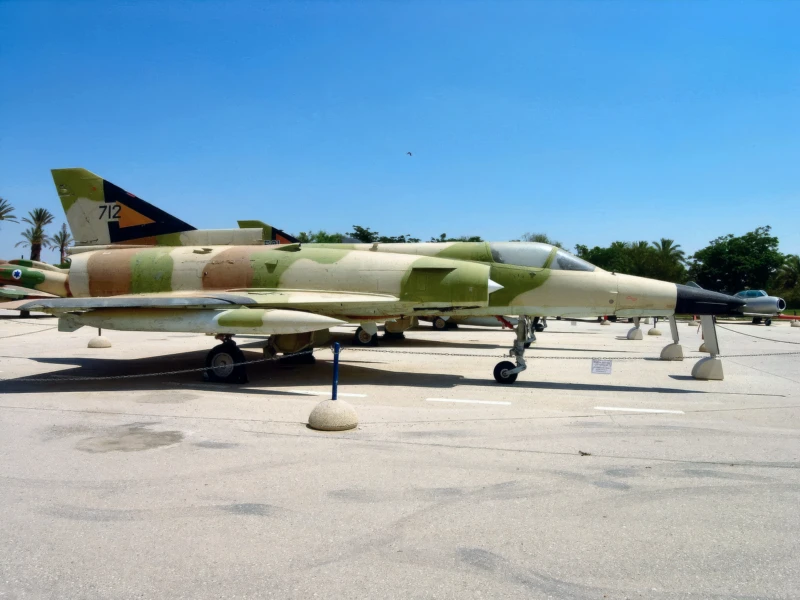
KFIR C-1 | |
|---|---|
| País | Israel |
| Tipo | Aeronaves de combate multifunção |
| Tópico | Álbum de 44 fotos walk-around de um «KFIR C-1 » |
The Israel Aircraft Industries Kfir is an Israeli-built all-weather, multirole combat aircraft based on a modified French Dassault Mirage 5 airframe, with Israeli avionics and an Israeli-made version of the General Electric J79 turbojet engine. The project that would ultimately give birth to the Kfir can be traced back to Israel’s need for adapting the Dassault Mirage IIIC to the specific requirements of the Israeli Air Force (IAF). The all-weather, delta-winged Mirage IIICJ was the first Mach 2 aircraft acquired by Israel from then close ally France, and constituted the backbone of the IAF during most of the 1960s, until the arrival of the A-4 Skyhawk and, most importantly, the F-4 Phantom II, by the end of the decade. While the Mirage IIICJ proved to be extremely effective in the air-superiority role, its relatively short range of action imposed some limitations on its usefulness as a ground-attack aircraft.
Fonte: KFIR C-1 no Wiki
| F-21A (03) Ande por aí | |
|---|---|
| Fotógrafo | Isaac Gershman |
| Localização | Desconhecido |
| Fotos | 21 |
Veja também:
O IAI Kfir C-1 (Hebrew: כְּפִיר, “Lion Cub”) was the initial production version of an Israeli-designed all-weather multirole combat aircraft. Developed by Israel Aircraft Industries (IAI), the Kfir was created to address a critical need for a domestically powered fighter after the French arms embargo forced Israel to innovate.
Core Design and Innovation
- Mirage Heritage: The Kfir’s airframe is based on the highly successful French **Dassault Mirage 5**, a simplified, attack-oriented derivative of the Mirage III. Israeli engineers already had experience with this design through their domestically produced copy, the IAI Nesher.
- Engine Swap (The Defining Change): The major innovation was the replacement of the original French SNECMA Atar engine with the more powerful, reliable, and logistically common American **General Electric J79-GE-17 afterburning turbojet**. This engine was the same one used in the Israeli Air Force’s F-4 Phantom II fleet.
- Airframe Modifications: To accommodate the J79 engine—which was larger and hotter—the rear fuselage was slightly altered. A distinctive air scoop was often added at the base of the vertical stabilizer to ensure adequate engine cooling.
The C-1 Variant and its Role
The Kfir C-1 represented the first batch of production aircraft and served as the baseline for the later, more advanced variants:
- Aerodynamics: It featured the classic tailless delta wing configuration, but some airframes introduced small, fixed **canard foreplanes** (strakes) near the air intakes to improve low-speed handling and stability.
- Armamento: The fixed armament consisted of **two 30 mm DEFA cannons** mounted in the fuselage underside. It utilized hardpoints to carry a significant ordnance load, including bombs, rockets, and Israeli-developed air-to-air missiles like the Shafrir 2.
- Primary Role: Although capable of supersonic speeds, the initial C-1 was quickly reassigned from the frontline air superiority role to ground-attack and fighter-bomber missions following the introduction of the American F-15 Eagle.
Legado
The Kfir C-1 was a technological success for Israel, demonstrating the ability to integrate major foreign components into a highly effective domestic platform. Many early C-1 airframes were later leased to the **U.S. Navy and Marine Corps**, where they were designated as the **F-21A Lion** and used with great success in the **Aggressor role** for pilot training.
Views : 6890
